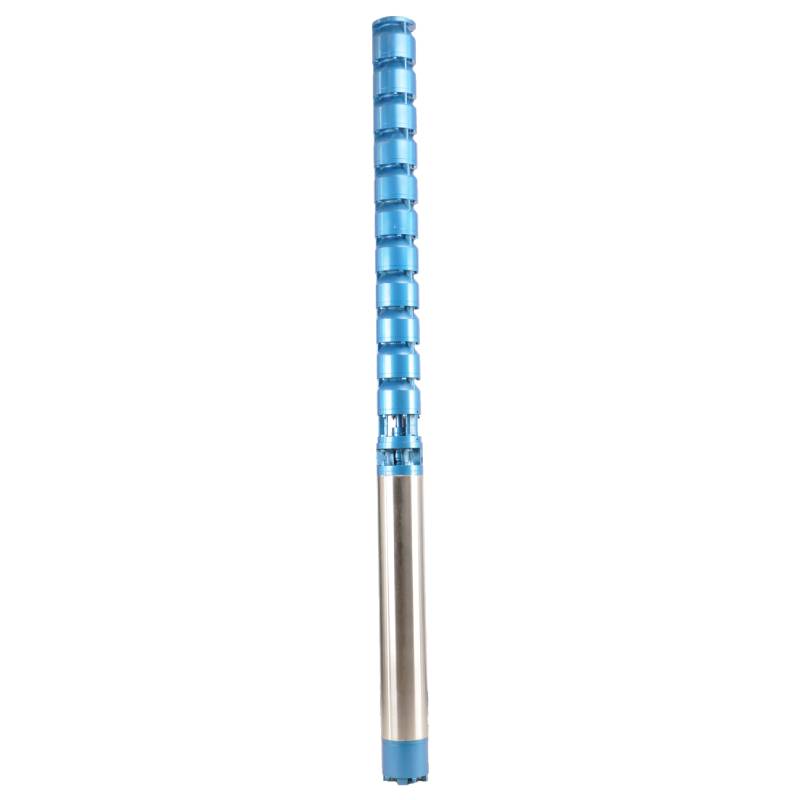Oct . 19, 2024 14:51 Back to list
submersible pump sump pump
Understanding Submersible and Sump Pumps A Comprehensive Guide
When it comes to managing water in various applications, two types of pumps often come into discussion submersible pumps and sump pumps. Though they share some similarities, they serve distinct purposes and have unique features suited for specific tasks. In this article, we will delve into what these pumps are, their applications, and key factors to consider when choosing the right pump for your needs.
What is a Submersible Pump?
A submersible pump is designed to operate while submerged in water or other fluids. These pumps are generally cylindrical in shape and are equipped with a watertight motor, enabling them to be fully submerged without any risk of electrical faults. Submersible pumps are known for their efficiency and reliability, making them suitable for various applications such as dewatering, sewage pumping, and even in wells for water extraction.
Key Components 1. Motor The motor in a submersible pump is hermetically sealed, ensuring no moisture infiltrates the system. 2. Impeller This component creates the pressure needed to push water to the surface. 3. Pump Housing Often made of corrosion-resistant materials, the housing protects internal components and provides durability.
What is a Sump Pump?
A sump pump, on the other hand, is primarily used to remove water that has accumulated in a sump basin or pit, commonly found in basements and crawlspaces. These pumps are employed to prevent flooding and water damage from heavy rain or groundwater seepage. Sump pumps are typically installed below ground, making them efficient in redirecting water away from foundations and into drainage systems.
Types of Sump Pumps 1. Submersible Sump Pumps These are installed below the water level in the sump basin and are less noticeable, as they are hidden from sight. 2. Pedestal Sump Pumps These pumps have a motor mounted above the sump. They are easier to maintain since the motor is not submerged but may be noisier and expose the pump to more wear and tear.
submersible pump sump pump

Applications of Submersible and Sump Pumps
Submersible Pumps - Construction Sites Used for dewatering, especially in excavations for foundations and basements. - Residential Use Ideal for draining flooded areas, such as basements after heavy rainfall. - Agriculture Often utilized for irrigation purposes or draining excess water from fields. - Industrial Essential in mining and sewage applications where water needs to be moved efficiently.
Sump Pumps - Basements and Crawlspaces Principal use in homes to prevent flooding and water accumulation. - Flood Zones Important in areas prone to flooding to manage stormwater. - Industrial Settings Used in factories and facilities where water can collect and cause damage.
Choosing the Right Pump
When selecting a pump, several factors should be taken into account
1. Type of Fluid Determine whether you need to move clean water or wastewater. 2. Head Height and Flow Rate Calculate the vertical distance the water needs to be pumped and the volume of water requiring removal. 3. Power Source Consider whether you prefer an electric pump or a gasoline-powered one, particularly for outdoor applications. 4. Size and Portability Depending on the installation location, weight and size may play a crucial role in the decision-making process. 5. Durability and Maintenance Look for pumps made from corrosion-resistant materials, especially if they will be exposed to harsh conditions.
Conclusion
Both submersible pumps and sump pumps are essential tools for managing water in various environments. By understanding their respective features, applications, and how to choose between them, you can make informed decisions that ensure the proper handling of water control in your home or workplace. Whether it’s preventing basement flooding or efficiently removing water from construction sites, the right pump can make a significant difference in managing water effectively.
-
Submersible Water Pump: The Efficient 'Power Pioneer' of the Underwater World
NewsJul.01,2025
-
Submersible Pond Pump: The Hidden Guardian of Water Landscape Ecology
NewsJul.01,2025
-
Stainless Well Pump: A Reliable and Durable Pumping Main Force
NewsJul.01,2025
-
Stainless Steel Submersible Pump: An Efficient and Versatile Tool for Underwater Operations
NewsJul.01,2025
-
Deep Well Submersible Pump: An Efficient 'Sucker' of Groundwater Sources
NewsJul.01,2025
-
Deep Water Well Pump: An Efficient 'Sucker' of Groundwater Sources
NewsJul.01,2025
-
 Submersible Water Pump: The Efficient 'Power Pioneer' of the Underwater WorldIn the field of hydraulic equipment, the Submersible Water Pump has become the core equipment for underwater operations and water resource transportation due to its unique design and excellent performance.Detail
Submersible Water Pump: The Efficient 'Power Pioneer' of the Underwater WorldIn the field of hydraulic equipment, the Submersible Water Pump has become the core equipment for underwater operations and water resource transportation due to its unique design and excellent performance.Detail -
 Submersible Pond Pump: The Hidden Guardian of Water Landscape EcologyIn courtyard landscapes, ecological ponds, and even small-scale water conservancy projects, there is a silent yet indispensable equipment - the Submersible Pond Pump.Detail
Submersible Pond Pump: The Hidden Guardian of Water Landscape EcologyIn courtyard landscapes, ecological ponds, and even small-scale water conservancy projects, there is a silent yet indispensable equipment - the Submersible Pond Pump.Detail -
 Stainless Well Pump: A Reliable and Durable Pumping Main ForceIn the field of water resource transportation, Stainless Well Pump has become the core equipment for various pumping scenarios with its excellent performance and reliable quality.Detail
Stainless Well Pump: A Reliable and Durable Pumping Main ForceIn the field of water resource transportation, Stainless Well Pump has become the core equipment for various pumping scenarios with its excellent performance and reliable quality.Detail
